Understanding the Significance of Religious Beads in Spiritual Practices
Religious beads have been an integral part of spiritual practices across various cultures and religions. Their significance transcends mere decoration, serving as powerful tools for meditation, prayer, and connection to the divine. This article explores the fascinating world of religious beads, uncovering their history, meanings, and uses in spiritual traditions.
A Brief History of Religious Beads
The use of beads in religious practices dates back thousands of years. Originating in ancient civilizations, they have been used by various religions, including Hinduism, Buddhism, Christianity, and Islam, as tools for prayer and meditation. These beads, often termed as ‘mala,’ ‘rosary,’ or ‘misbaha,’ embody spiritual histories stretching across continents. Each strand tells a story of human endeavor to connect with higher spiritual realms across history. Archaeological finds have unearthed bones, stones, and clay beads in regions spanning from India to Egypt, each artifact hinting at the transcendent search for divine connection. Tracing back to these roots reveals the interwoven nature of spirituality and the human experience, demonstrating how religious beads serve as a timeless conduit between the divine and the human.
Symbolism and Meaning Across Religions
Religious beads carry deep symbolic meanings. In Hinduism, mala beads represent the cyclic nature of life. Islam’s Misbaha aids in repetition of the 99 names of Allah, while Christians use rosaries to keep track of specific prayers. The rosary, for instance, serves as a profound token of meditation in the Christian tradition, enabling the repetition of prayers and helping practitioners focus their spiritual devotion. Similarly, in Buddhism, prayer beads guide the repetition of mantras, ensuring that each utterance is given due attention and reverence. Each bead is much more than a tangible object; it embodies elements of spiritual teachings designed to guide believers towards contemplation and enlightenment. By tapping into the rich, diverse significance of these sacred objects, individuals from various faiths find universal symbols of love, respect, and devotion, woven throughout their respective religious narratives.
The symbolism of religious beads extends beyond individual faiths into a shared spiritual ethos, illustrating humanity’s collective quest for deeper meaning. In Yoruba faith traditions, for example, beads play a vital role, as evidenced in their rituals and ceremonies, often representing protection, prosperity, and ancestral connection. Whether representing life cycles, divine attributes, or the balance of power and purity, the colors and patterns of these beads encapsulate spiritual beliefs that span generations. By appreciating these symbols’ intricate histories and internalizing their meanings, we find reminders of our spiritual interconnectedness, regardless of our individual paths. Such unity underpins the profound dualism of personal and collective spiritual journeys and fosters a greater understanding between diverse religious identities.
The Role of Beads in Meditation and Prayer
Beads aid in focusing the mind during meditation and prayer. They provide a tactile element that helps count mantras and prayers, encouraging mindfulness and deepening spiritual experiences. The multi-sensory nature of prayer beads extends beyond mere touch; their rhythmic movements through one’s fingers can create a soothing cadence, underscoring the meditative process. This practice, as explored in Connecting with the Divine: The Spiritual Dimension of Prayer Bead Meditation, reinforces mindfulness by intertwining repetition and rhythm, anchoring individuals within their spiritual practice. Whether seated quietly in meditation or reciting mantras, beads offer an inviting ritual framework that transcends the chaos of daily life, ushering individuals towards a more profound connection with their spiritual beliefs and practices.
It’s interesting to note that regardless of the religious tradition—be it the 108 beads of a Hindu Japa mala or the 59 beads of a Catholic rosary—the repetitive actions hold a universal appeal for fostering contemplation and introspection. Confucians and Taoists have also been known to use beads for immeasurable benefits in meditation, transcending the bounds of formalized religion. By acting as tools for focus, prayer beads have been instrumental for those seeking tranquility amidst life’s trials, offering calmness to an otherwise turbulent reality.
Crafting Beads with Spiritual Intent
The process of making religious beads is often infused with spiritual intent. Each material, color, and design is chosen for its symbolic significance, adding layers of meaning to the objects. From the vibrant reds symbolizing Shango’s fiery power to the softer whites embodying Obatala’s serene energy, the diversity in colors reveals a spectrum of spiritual energies. In modern artistry and craftsmanship, these historical and spiritual values are not only preserved but enhanced to meet the contemporary practitioner’s needs, blending tradition with modern aspirations. Often crafted with careful reverence, these beads contribute to one’s personal ritual, allowing faith and artistry to seamlessly harmonize. Makers acknowledge the sacred narratives that these beads are set to embody, ensuring they serve as authentic spiritual guides along transformative journeys and bridging divine connections.
The artistry involved transcends mere craftsmanship, allowing beads to embody the dualism of utility and beauty, delicately balancing simplicity and extravagance. This synthesis underscores humanity’s interwoven need for both the sacred and the aesthetic—harmonizing with divine expression and cultural identity. The materials selected, be it rosewood, bodhi seeds, or semi-precious stones, further narrate each bead’s unique story. The intention embedded within these beads’ creation mirrors their use; as tangible representations of spiritual energies, they support practitioners’ intentions and guide them towards spiritual fulfillment. The sacred artistry behind bead crafting serves both a functional and symbolic older, connecting wearers with traditions that transcend both time and space.
Contemporary Uses and Personal Connections
Today, people continue to use religious beads for personal spiritual practices. They serve as personal anchors, providing peace and comfort in daily life, and their popularity has grown beyond traditional religious settings. In an era marked by constant change and the increasing blur of secular and sacred beliefs, beads offer a timeless and personal means to reconnect with one’s spirituality. Their use has shifted to encompass a broader audience, with individuals utilizing beads in personal meditations and rituals as a means to explore inner peace and find balance. As symbols representing individual beliefs, or as part of community events, religious beads enable a nurturing spiritual connection that is accessible to all, regardless of faith affiliation. These tangible symbols of connectivity find their place amidst the modern quest for meaning, grounding practices in both personal and profound interpretations of spirituality.
In modern interpretations, beads often serve as personal talismans of authenticity, empowerment, and protection. From wearing them as jewelry, embedding them in healing sessions, or incorporating them into meditation practices, individuals find versatile ways to adapt these objects into daily life. Contemporary spiritual seekers often integrate beads into multifunctional practices, like combining mindfulness exercises with physical activities, thus meditating on-the-go. They provide comfort and resilience in moments of turmoil and have become emblems of hope for those embarking on spiritual healing journeys. In this vein, religious beads continue to embody a common spiritual language, channeling age-old wisdom whilst offering solace and divine guidance in life’s uncertainties.
Embracing the Spiritual Significance of Beads
Religious beads are more than just strings of beads; they are profound symbols of faith, devotion, and the human quest for spiritual enlightenment. Understanding their significance enriches our appreciation of diverse spiritual practices and highlights the shared humanity within different faith traditions.









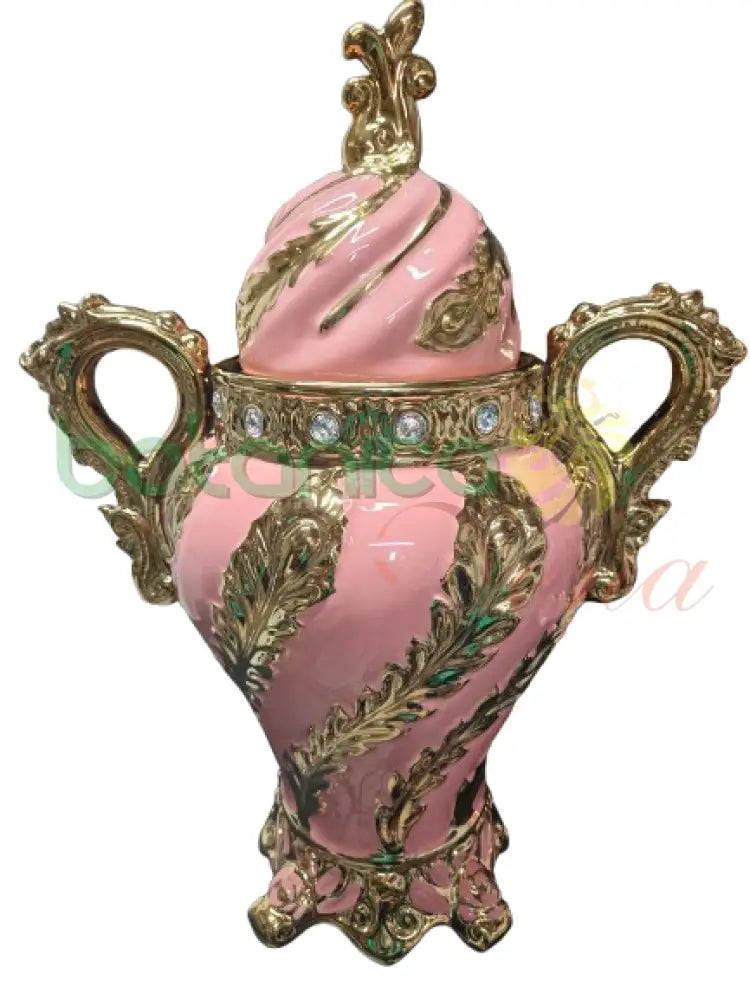

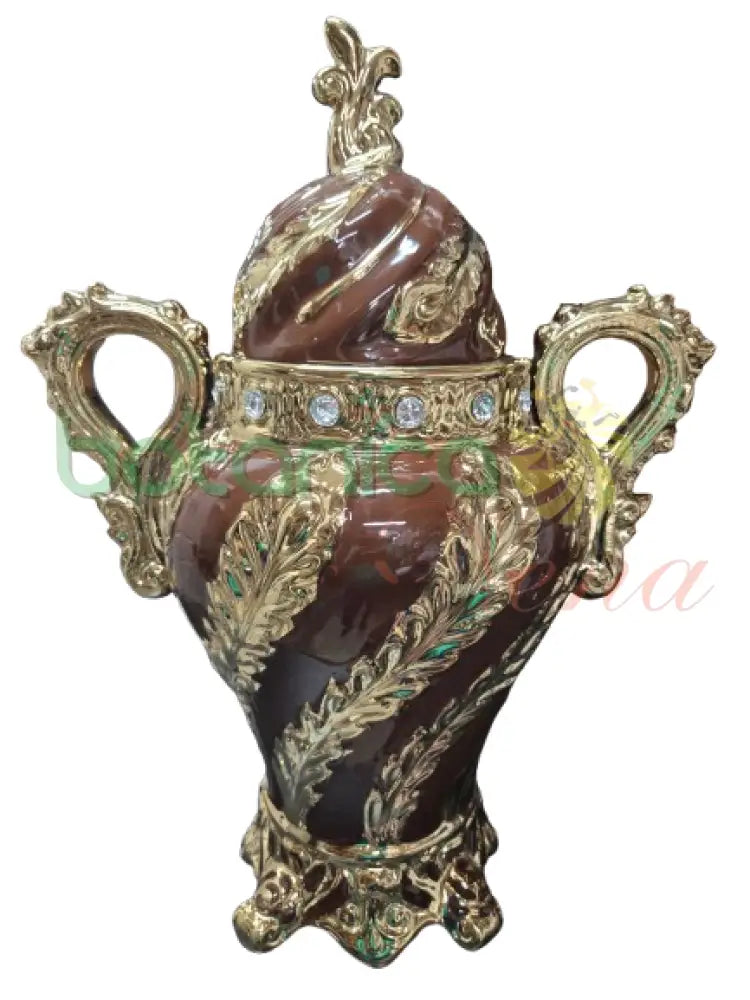
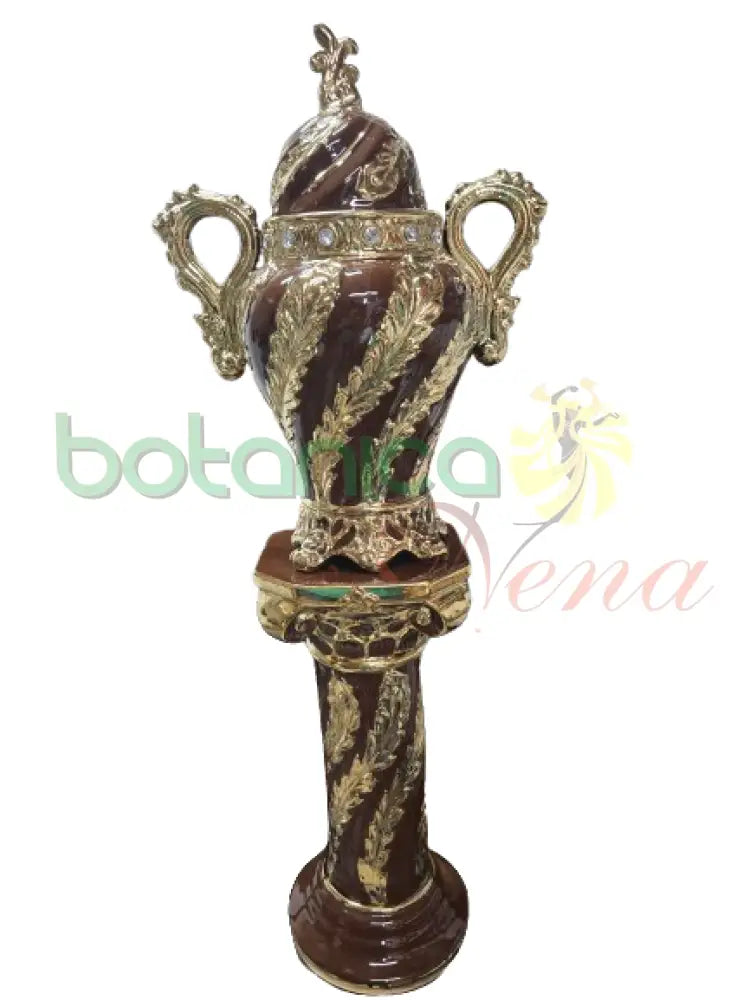


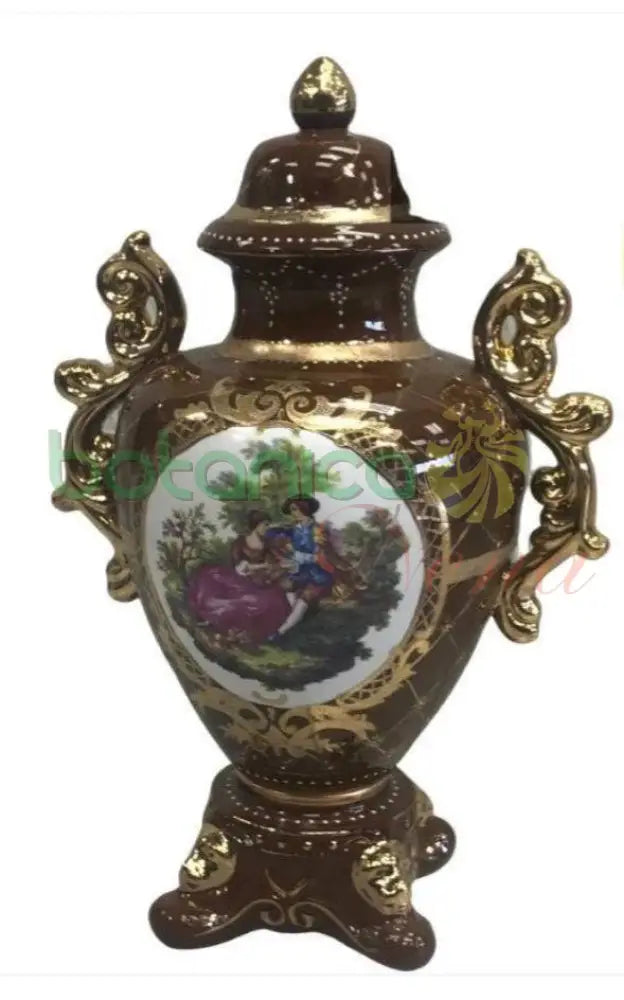




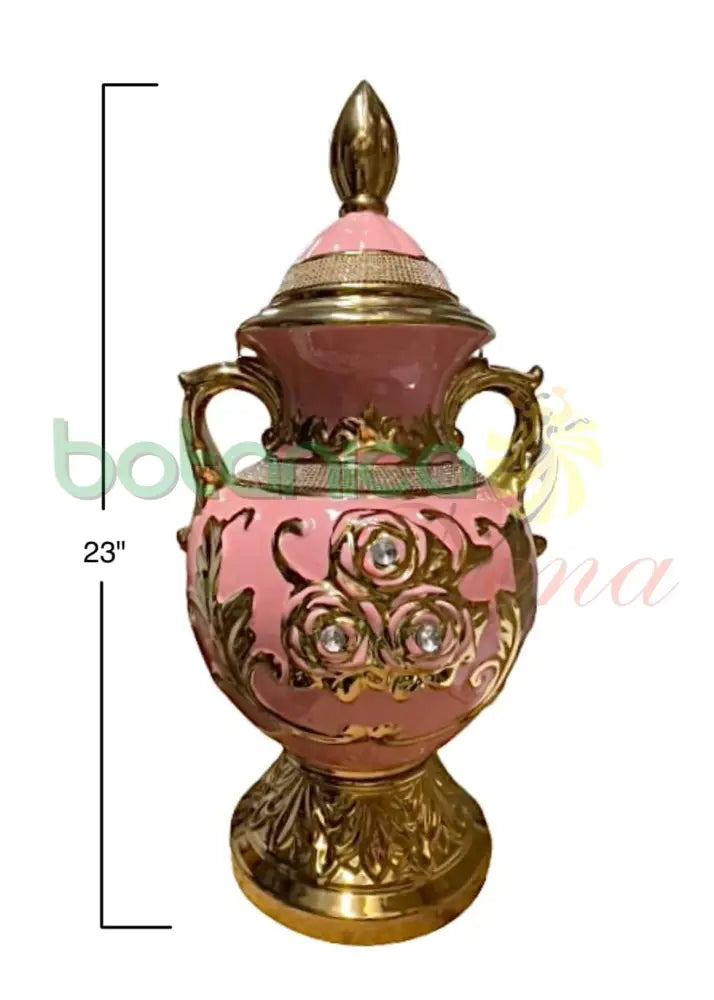


















Dejar un comentario